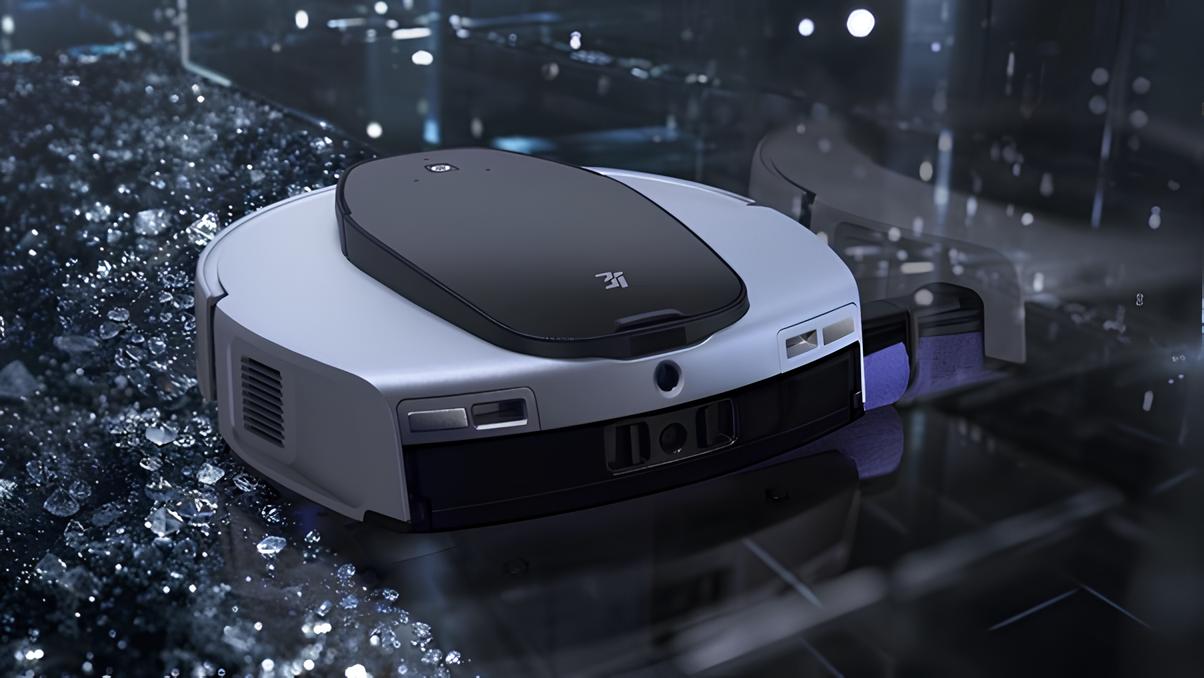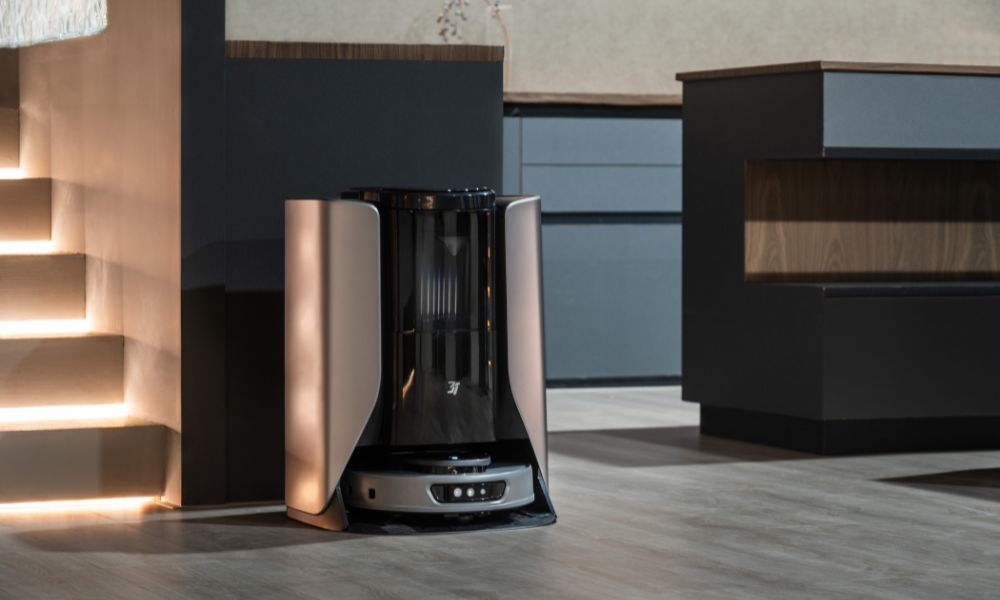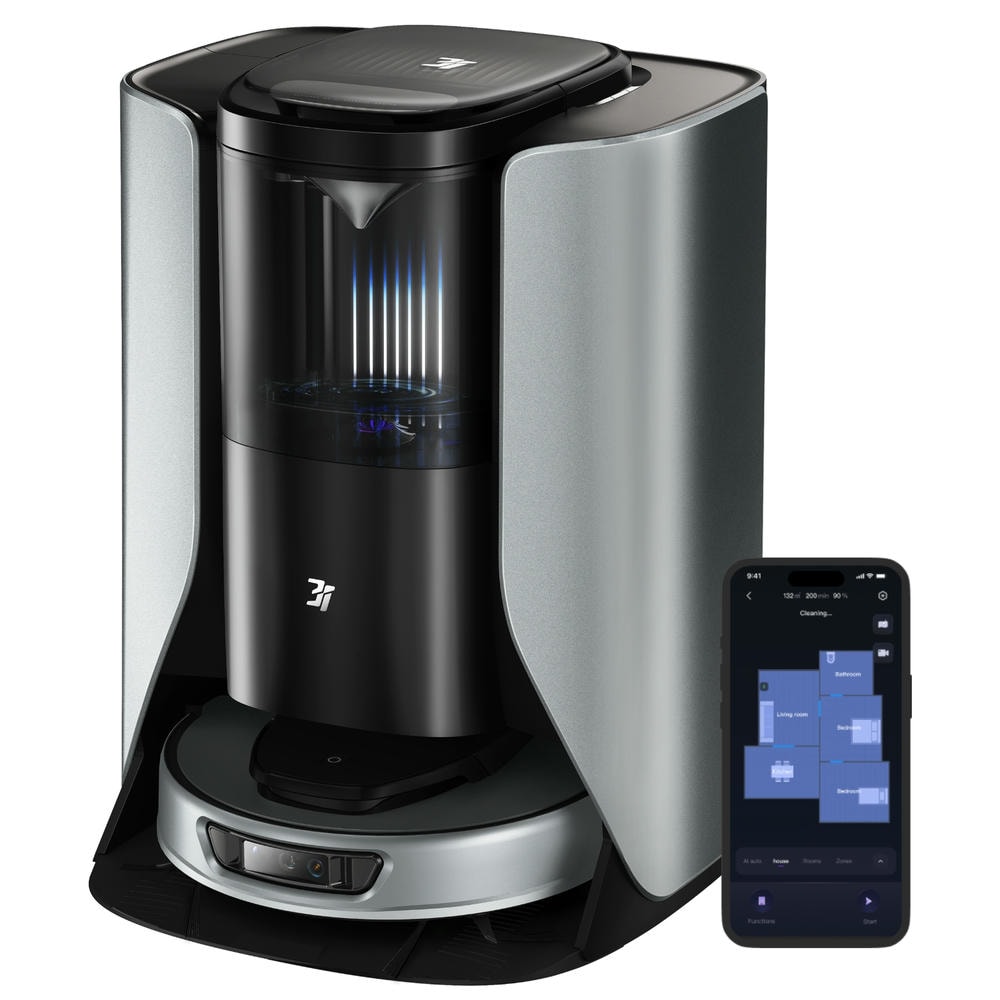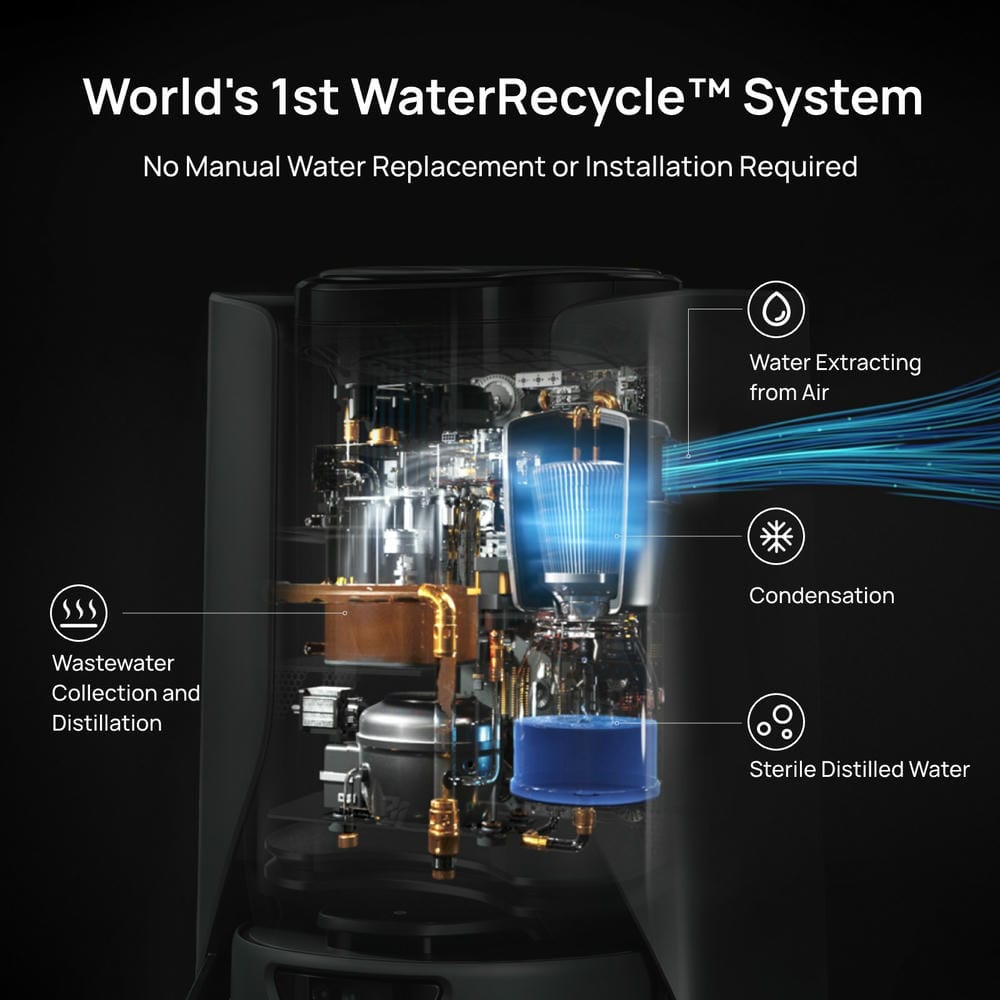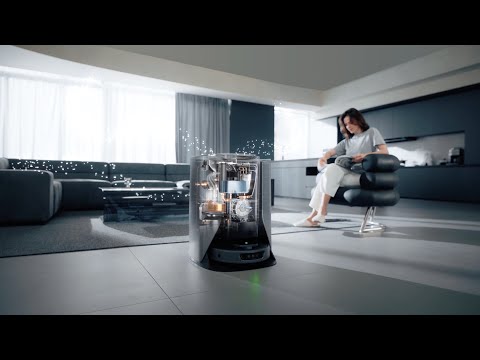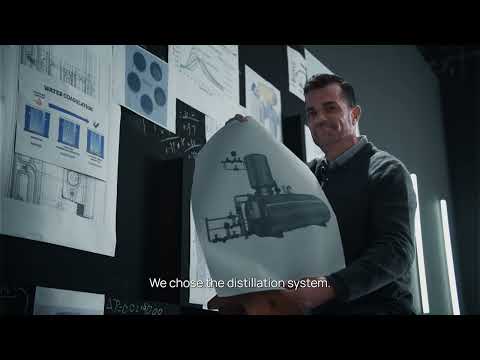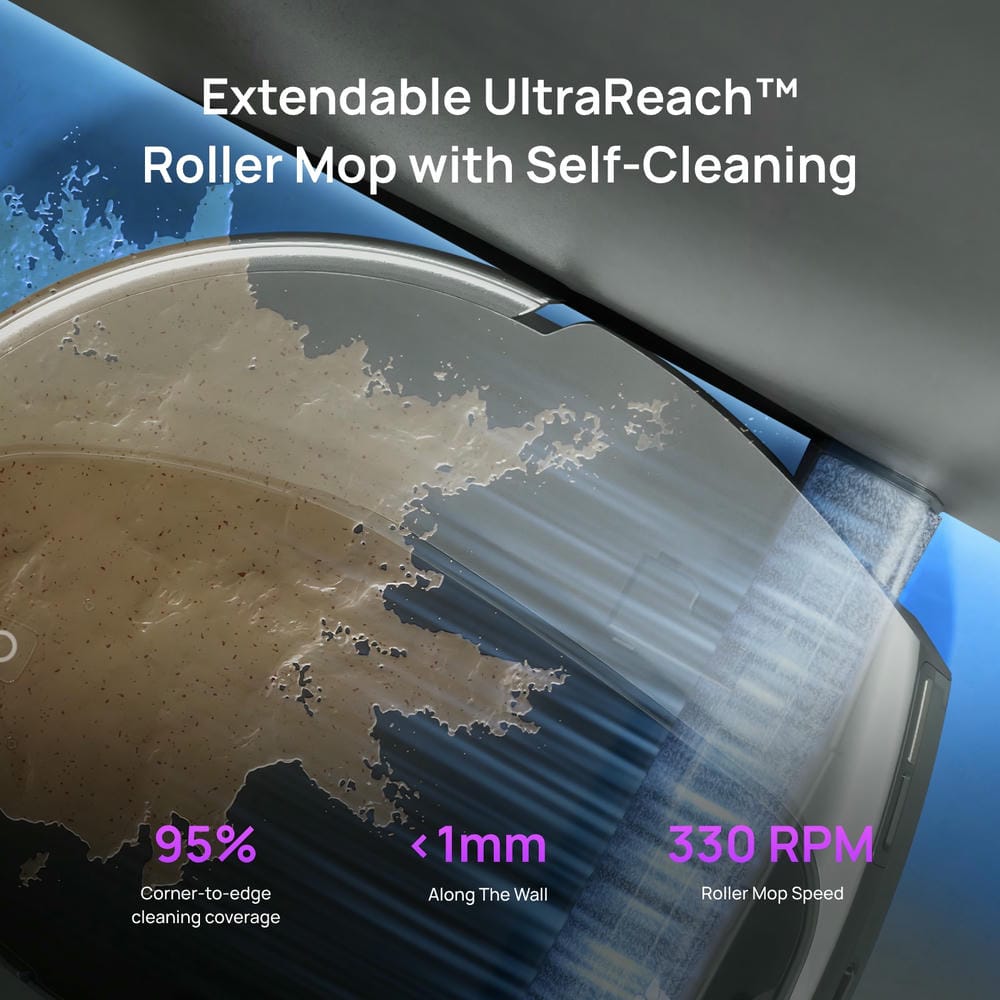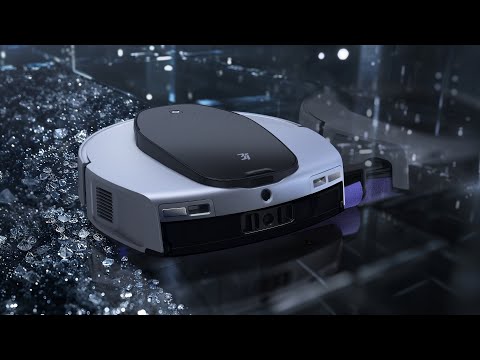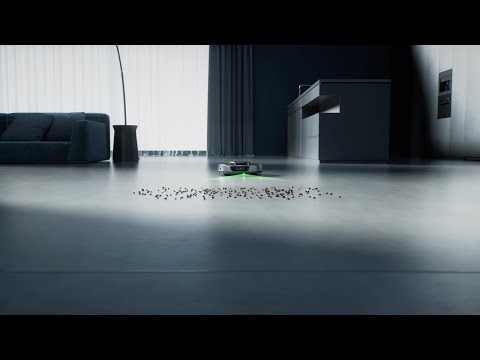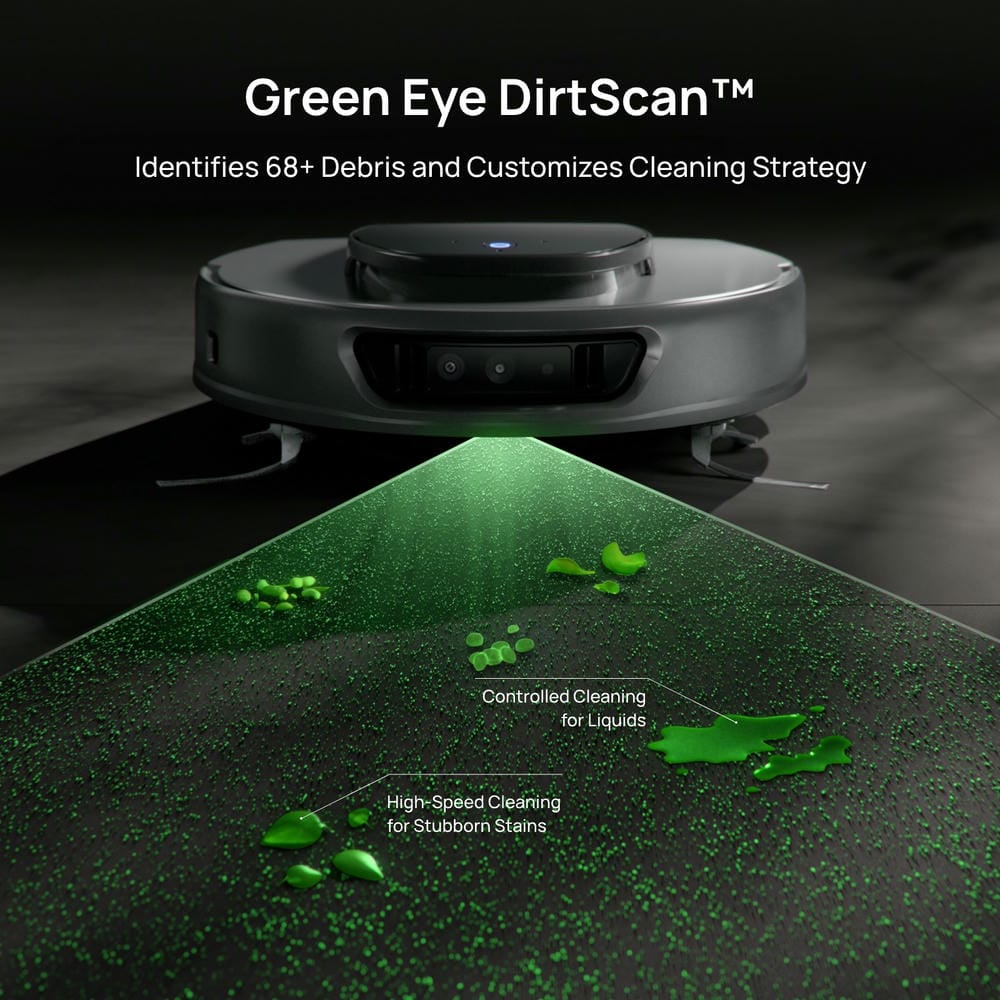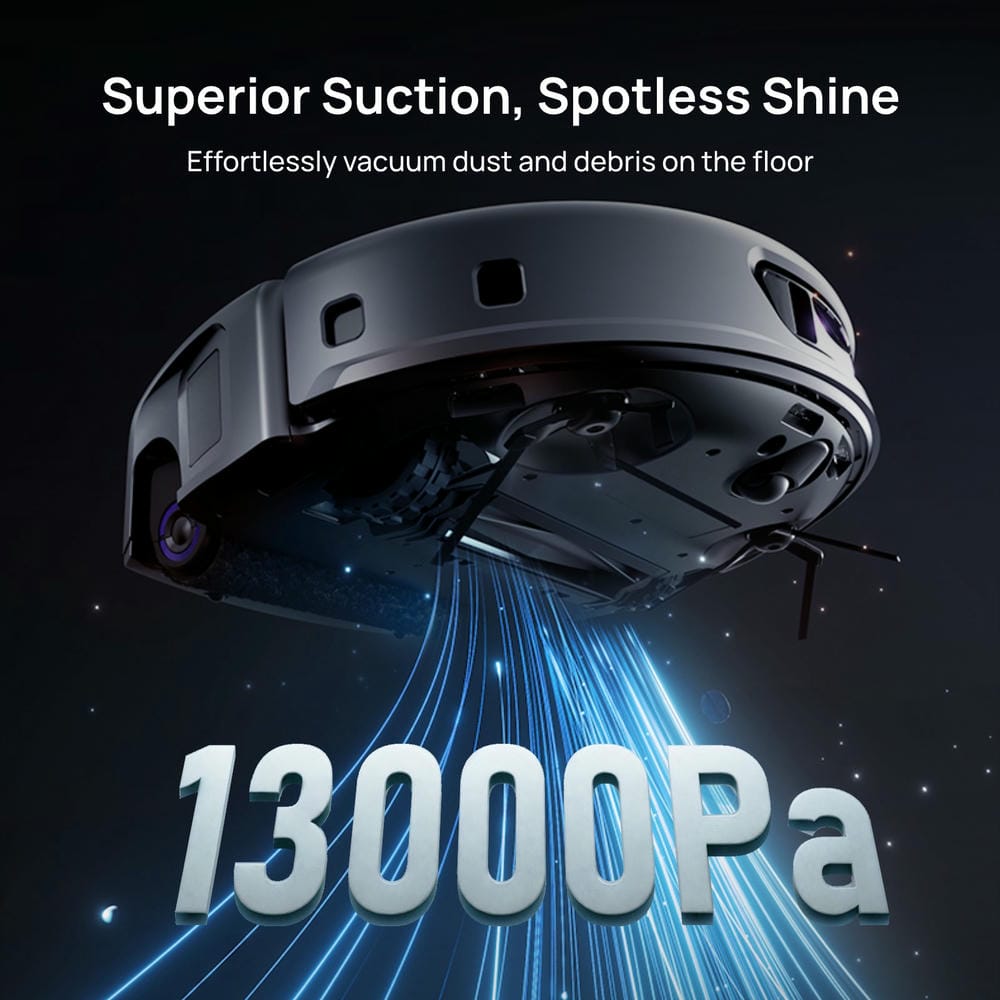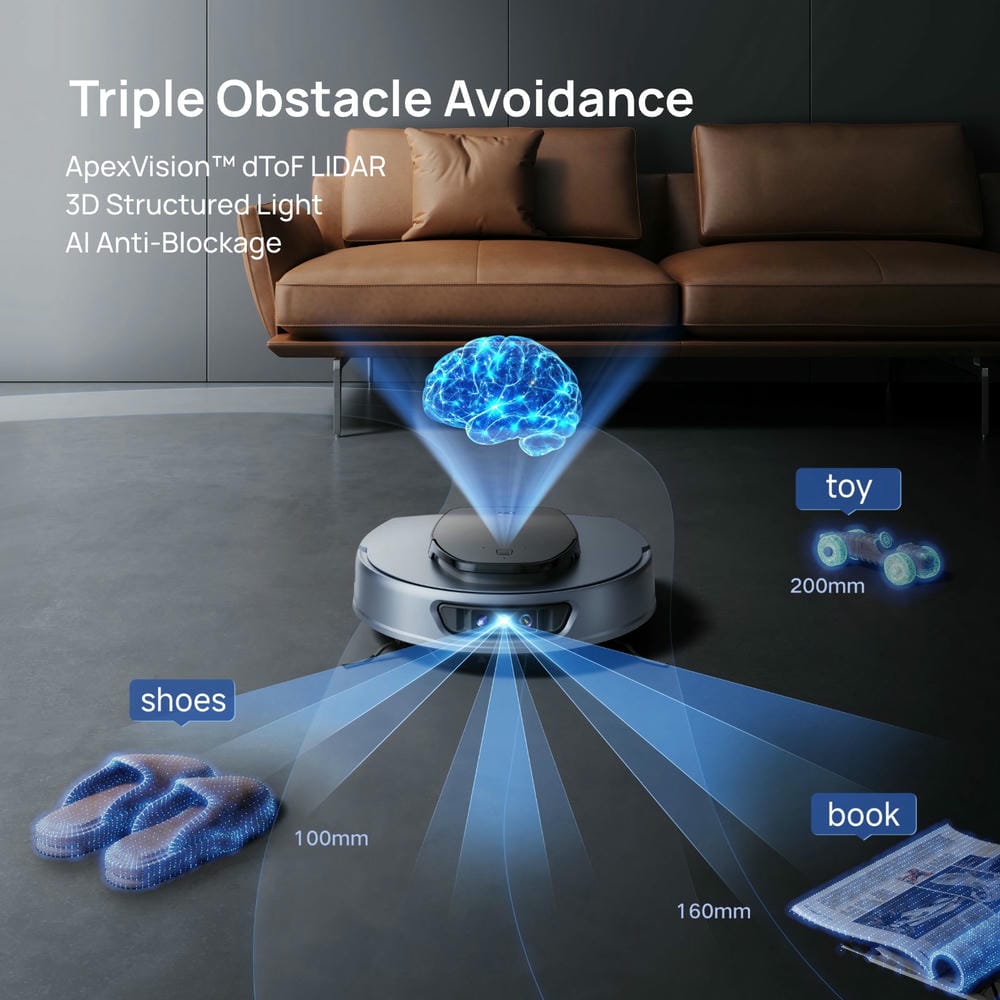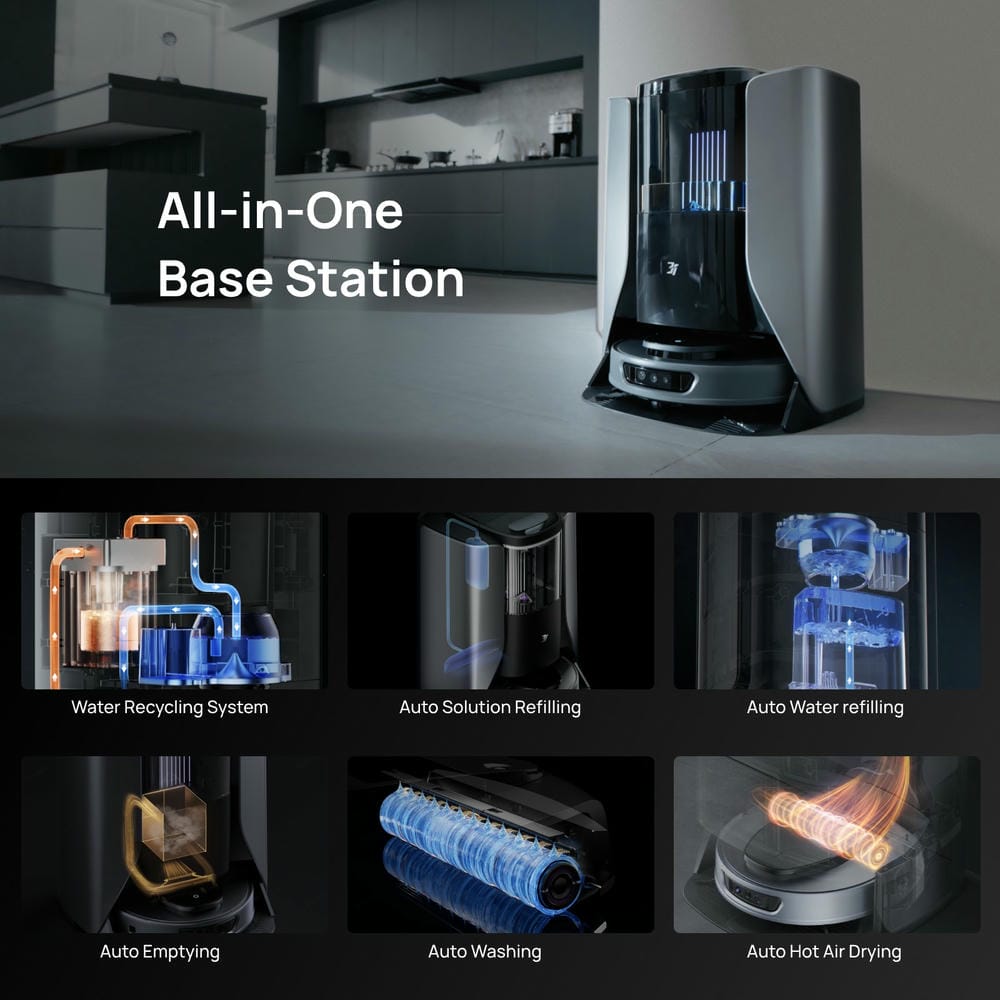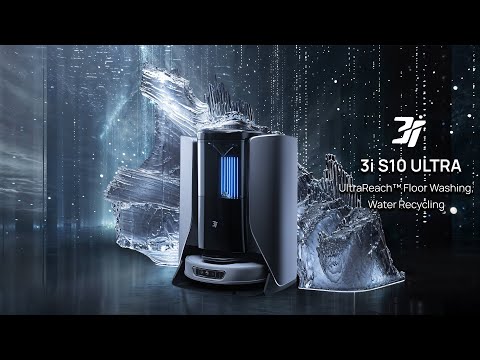Robot vacuums performing better and better in home cleaning. However, facing the various areas of the home and the complex spatial layout, how robot vacuum cleaners can flexibly avoid obstacles and accurately bypass them has become the focus of users.
Next, we will take a deeper look at how robot vacuum cleaners can accurately identify and avoid designated areas to achieve a more intelligent cleaning experience.
Why Do Robot Vacuum Cleaners Need to Avoid Areas?
Robot vacuums avoid certain areas to work safely, avoid damage, and clean more efficiently. Steering clear of stairs prevents falls that could harm the vacuum cleaner parts while avoiding cluttered spots with wires or toys reduces the chances of getting tangled or stuck. Wet floors can cause electrical problems, and thick carpets might strain the motor or clog the brushes. By skipping these trouble spots, your empty robot vacuum can clean smarter, save battery life, and run smoothly without constant interruptions.
What Types of Areas Do Vacuum Cleaners Avoid?
Cluttered Areas
In cluttered areas (like where there are toys, pet bowls, or loose cables), robot vacuums can easily get stuck or tangled, causing them to stop. They use sensors to detect these obstacles, and the 3i S10 Ultra allows users to set "no-go zones" in the app to prevent the robot from entering these busy areas.
Carpeted Areas (When Mopping)
When in mopping mode, the robot automatically avoids carpeted areas. Models like the 3i S10 Ultra use sensors to identify floor type, skipping carpets and only mopping hard floors to avoid getting them wet. Some devices also allow you to set specific "mop-only zones" to ensure they stay on hard floors while mopping.
Stairs and Drops
Robot vacuums have edge detection sensors underneath to prevent them from falling down stairs or off edges. When they approach a drop, they automatically back up to avoid accidents. Some high-end models also offer multi-floor mapping, allowing you to set different cleaning routes for each floor.
Delicate or Wet Floors
For delicate floors like polished wood or unfinished tile, you can set "keep-out zones" in the app to protect the surface from scratches. The robot vacuum recognizes wet areas like bathrooms and prevents moisture from damaging the vacuum cleaner parts or the floor.

What Are the Methods of Area Avoidance?
Obstacle Detection Sensors
Robot vacuums use sensors like infrared or lasers to detect obstacles like furniture, toys, liquids, or wires. The infrared or laser sensors help it go around objects, slow down, or stop completely to avoid getting stuck or tangled.
Edge Detection
If you're worried about stairs or ledges, the robot vacuum's edge detection sensors can help you out. Located on the bottom of the vacuum, the sensors prevent falls by recognizing sudden falls and causing the vacuum to adjust its path.
Virtual Boundaries
You can set up virtual boundaries using magnetic strips or app-based "no-go zones." These let you block off areas you want the vacuum to avoid, like under a fragile table or around your pet's food bowl.
Floor Type Identification
The robot vacuum can identify different floor types, like carpet and hard floor, using floor detection sensors. This is great for use in mopping mode, so it knows how to avoid carpet and focus only on hard surfaces.
Selective Cleaning Zones
You can create detailed maps of your home using apps. This lets you define specific cleaning zones or marking areas to avoid, giving you precise control over where your self empty robot vacuum cleans.
Manual barriers
For simpler vacuums, you can use physical barriers, like furniture or closed doors, to keep them out of certain areas. This is an easy way to manage access without the need for extra features.

How To Choose A Robot Vacuum With A No-Go Zone Feature?
When choosing a sweeping robot with a no-go feature, you can consider the following key factors to ensure you get the model that best suits your needs:
1. App-Controlled Virtual Boundaries: Look for robot vacuums that allow you to set virtual no-go zones through the companion app. This feature allows your vacuum to avoid specific areas, such as pet food bowls, delicate furniture, or certain rooms.
2. Mapping Technology: Choose a vacuum with advanced mapping technology, such as LiDAR or camera-based systems, that can accurately map your home. This technology helps the vacuum automatically avoid designated areas and gives you precise control over cleaning zones.
3. Magnetic Boundary Strips: Some robot vacuums come with physical magnetic strips that you can place on the floor to create no-go zones. These strips are easy to set up and are great for blocking off sensitive areas.
4. Floor-Type Detection: Consider a vacuum that can detect different floor types (carpet, hard floor, etc.). This ensures that the vacuum automatically avoids carpets while mopping, or prevents damage to delicate floors like hardwood by setting virtual zones.
5. Customizable Cleaning Zones: Some models allow you to create detailed cleaning maps and define specific areas for the vacuum to focus on or avoid. This is ideal for larger homes or multi-story spaces, where different rooms require different cleaning methods.
Conclusion
Robot vacuum cleaners use advanced technology to navigate around obstacles and avoid certain areas for safer and more efficient cleaning. Sensors, virtual boundaries, and floor types are used to identify different areas and adjust the path accordingly. In addition, regular maintenance and software updates ensure that the vacuum cleaner parts continue to perform at their best, providing a smarter and more reliable cleaning experience for your home.
Related Reading: Can You Use a Robot Vacuum in the Bathroom?
FAQs
Is it OK to run a robot vacuum every day?
Yes, you can use a robot vacuum cleaner every day, especially if you have a busy home or pets. Using a robot vacuum cleaner every day can help keep your home clean by regularly sucking up dust, dirt, and pet hair, preventing buildup. And since robot vacuum cleaners are designed for daily cleaning, they can be used frequently. However, you may want to monitor the performance of the vacuum cleaner, clean the brushes and filters regularly, and make sure it doesn't run into obstacles or get stuck.
Does hair get stuck in a robot vacuum?
Yes, hair can get stuck in robot vacuums, especially in the brushes and rollers. Long hair, pet hair, and even shorter hair can get tangled in the vacuum's rotating brushes, causing them to clog or reduce suction power. If not cleaned regularly, this buildup can affect the performance of your vacuum over time. However, our 3i S10 robot vacuums all feature anti-tangle technology or a brushless design that can reduce this problem and keep your home cleaner.
Do robot vacuums go from room to room?
Yes, many robot vacuums can move from room to room, especially those with advanced mapping and navigation features. They can detect open doors or gaps and automatically transition to the next room. Models like the 3i S10 also allow you to set specific cleaning areas or map multiple floors for more efficient cleaning. Just make sure the door is open or the path is clear for smooth movement.



